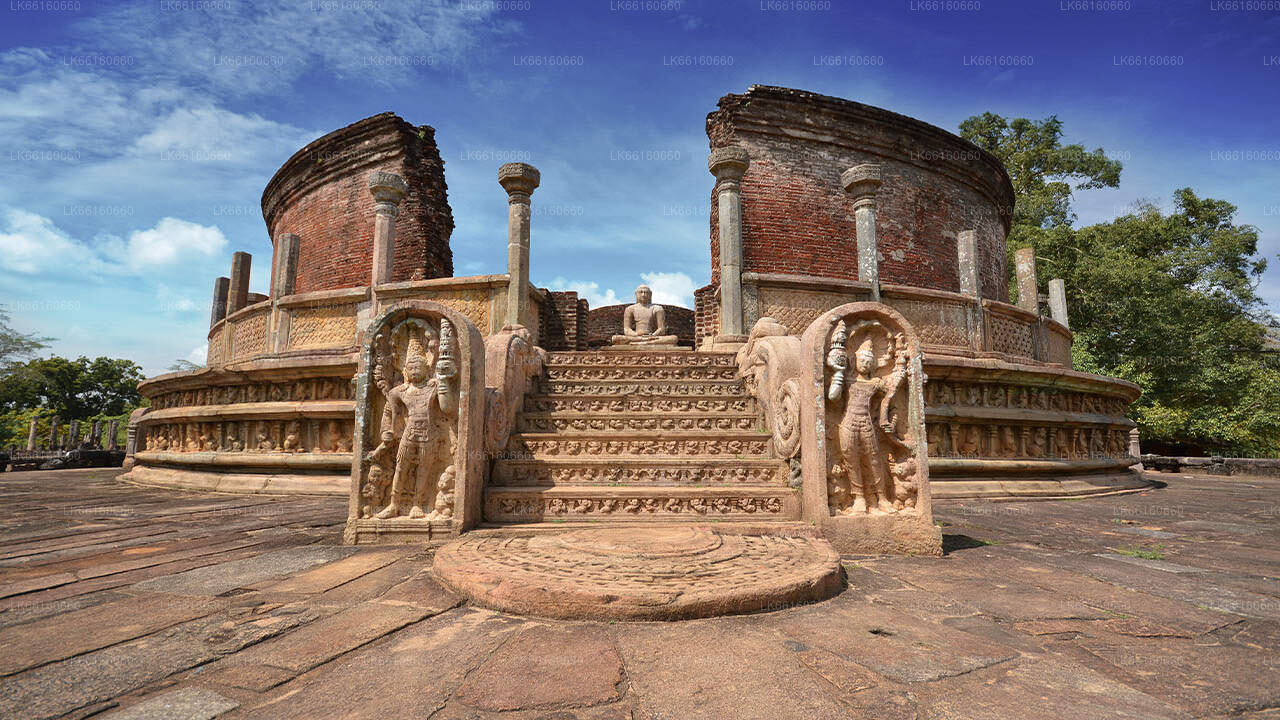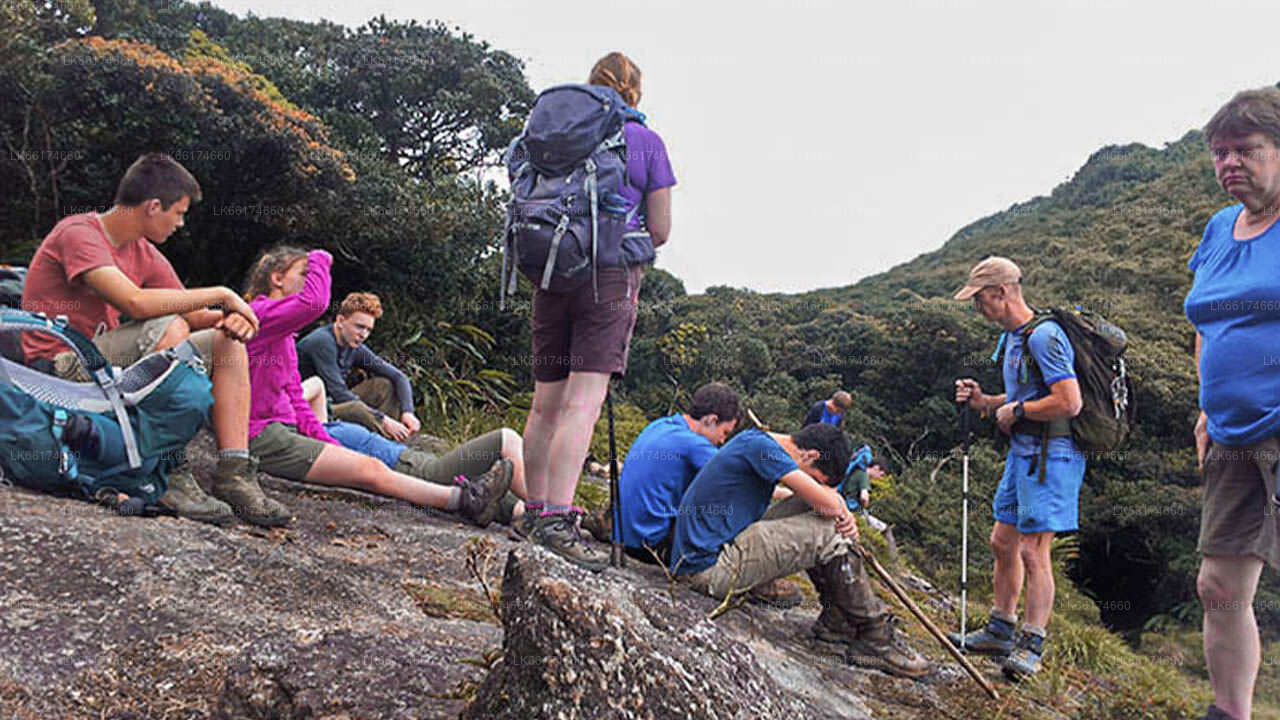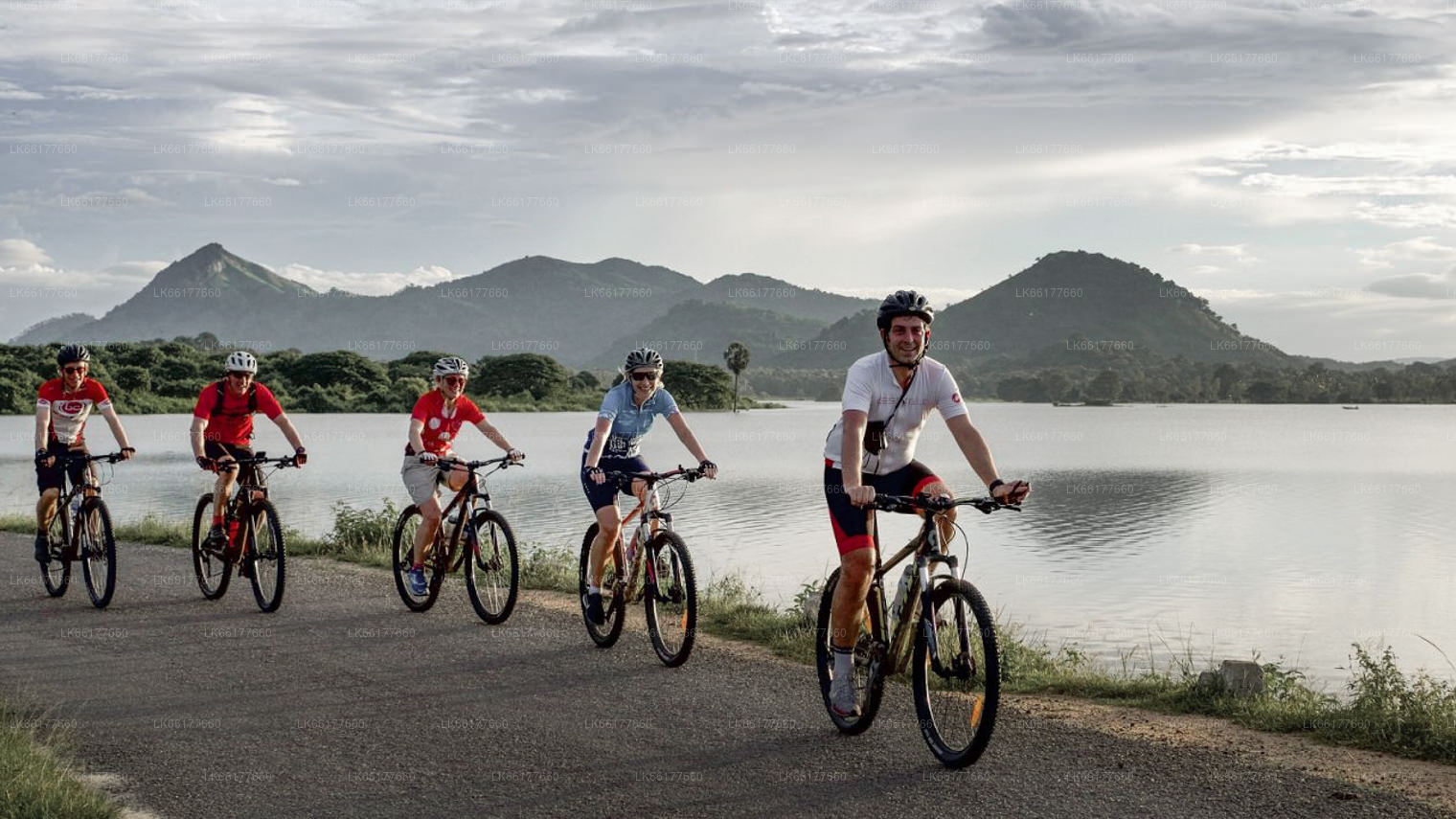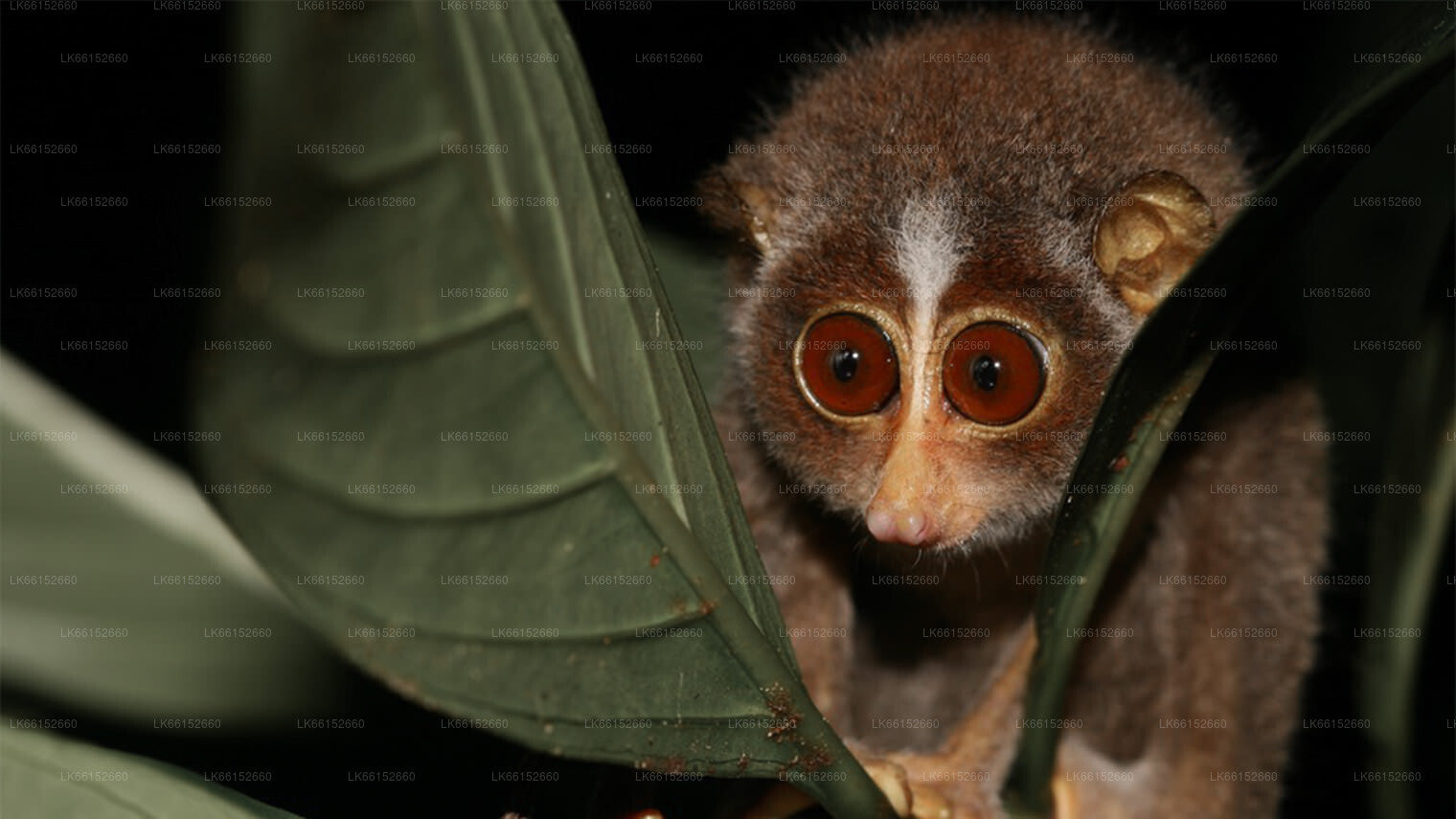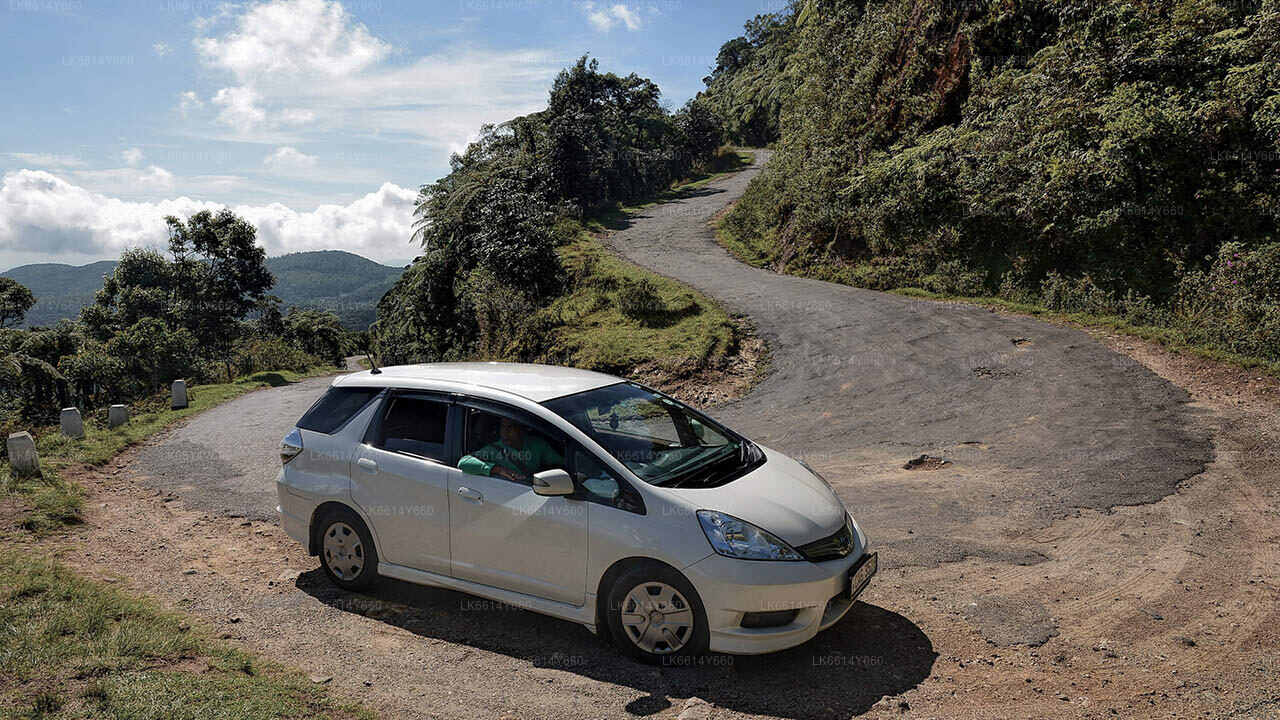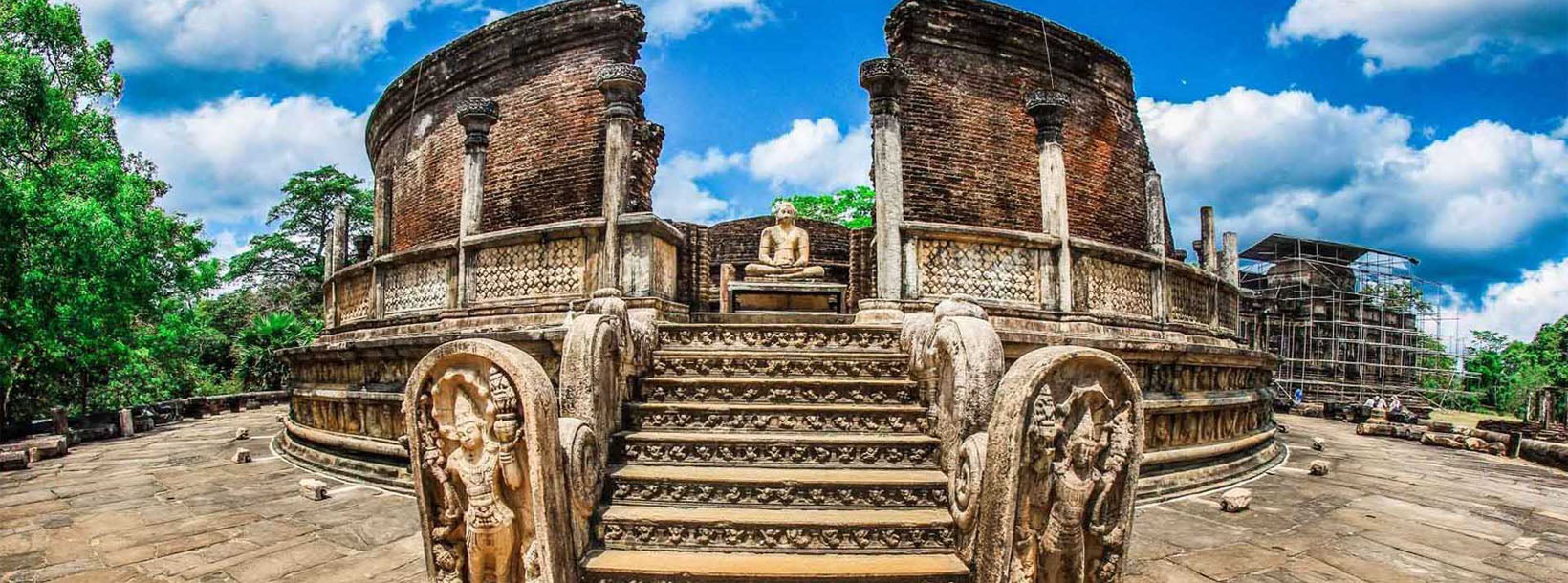
波隆纳鲁沃市
波隆纳鲁沃是斯里兰卡的联合国教科文组织世界遗产,曾是该国中世纪时期(11-13世纪)的首都。波隆纳鲁沃以其保存完好的遗址而闻名,其中包括标志性的加尔维哈拉(Gal Vihara)雕像,其建筑风格令人印象深刻,反映了古代僧伽罗文明的辉煌。
Pulasthi Statue
The statue is located to the north of the city of Polonnaruwa, and close to the eastern bank of the Parakrama Samudra reservoir, which was built by Parakramabahu I himself. It is about 100 metres (330 ft) north of the ancient Potgul Vehera monastery
LocationThe statue is located to the north of the city of Polonnaruwa, and close to the eastern bank of the Parakrama Samudra reservoir, which was built by Parakramabahu I himself. It is about 100 metres (330 ft) north of the ancient Potgul Vehera monastery.
CharacteristicsThe statue was built presumably in the 12th century, during the reign of Parakramabahu I. The statue of Parakramabahu I is one of the best stone sculptures belonging to the Polonnaruwa period. The 11-foot-2-inch-high (3.40 m) statue is carved in high relief on a large boulder, with full use being made of its height. Its upper body is bare except for a single thread worn over the left shoulder.A long object is held in the hands. The statue's face carries a grave expression, with half-closed eyes, a high forehead, a long beard and a moustache. The shoulders of the statue are rounded, suggesting "extraordinary strength". The right leg is relaxed with the right knee bent forward slightly. The left leg carries the weight of the body, while the hip is also slightly inclined to the left. According to archaeologist Senarath Paranavitana, this statue is "the very embodiment of strength, majesty and dignity"
IdentityThe statue has not been positively identified, but the popular and widely accepted belief is that the statue is of King Parakramabahu I, who ruled the country 1153 to 1186. Historian Mendis Rohanadeera has suggested that the statue shows a man belonging to the Lambakanna clan, because a hare—a symbol of this clan—is depicted above the left shoulder of the statue. This supports the theory that it is a statue of Parakramabahu I, who was of the Lambakanna clan. However, another theory is that it is the statue of a sage; either Agastya or Pulasthi. The object held in the hands of the statue may be an ola (cured palm leaves) book. This, and the fact that it is located close to the Potgul Vehera, which was a library in ancient times, supports this theory. However, another belief is that the object is a "yoke of kingship".
关于波隆纳鲁沃区
波隆纳鲁沃是斯里兰卡中北部省份的第二大城市。这座古城已被联合国教科文组织列为世界遗产。波隆纳鲁沃背后有着一段辉煌的征服与斗争历史,是文化三角区的第三大组成部分。波隆纳鲁沃位于康提东北约140公里处,拥有众多重要景点,为历史文化爱好者提供数小时的无尽乐趣。
现存的大部分遗迹都归功于帕拉克拉玛·巴胡一世国王,他投入了大量皇家资源用于城镇规划,包括公园、建筑、灌溉系统等等。他的统治时期被认为是王国的黄金时代,在这位富有远见的统治者的领导下,王国繁荣昌盛。帕拉克拉玛·萨穆德拉(Parakrama Samudra)是一个巨大的水池,以其赞助人的名字命名。备受人们喜爱的国王宫殿、周围环绕着精美石雕象的觐见厅以及浴池,都体现了当时卓越的工程技术。
关于北中部省
北中央省是斯里兰卡最大的省份,占全国土地总面积的16%。北中央省由波隆纳鲁沃区和阿努拉德普勒区两个区组成。阿努拉德普勒区是斯里兰卡最大的区,面积为7,128平方公里。
北中央省拥有巨大的潜力,投资者可以在此开展业务,尤其是在农业、农基工业和畜牧业领域。北中央省超过65%的人口依赖基础农业和农基工业。北中央省也被称为“Wew Bendi Rajje”,因为该省拥有3000多个中型和大型水库。Sri maha bodiya、Ruwanweli seya、Thuparama dageba、Abayagiri Monastry、Polonnaruwa Rankot wehera和Lankathilake等水库都值得一游。









